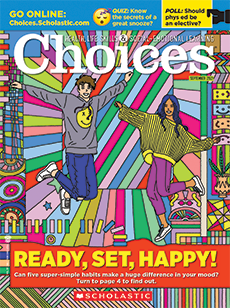Continue the learning journey with the following extension activity:
It’s time for your students to DESIGN A SUPPORTIVE CLASSROOM for students with dyslexia. Using a mix of their own research and information from the article, have them decide which tech tools or other resources they would like to see in their own classroom to make it a more friendly environment for those who have dyslexia. Have students work in small groups to create a poster with a floor plan of their supportive classrooms. If school safety norms permit, consider using a gallery walk presentation format for students to share their ideas.
